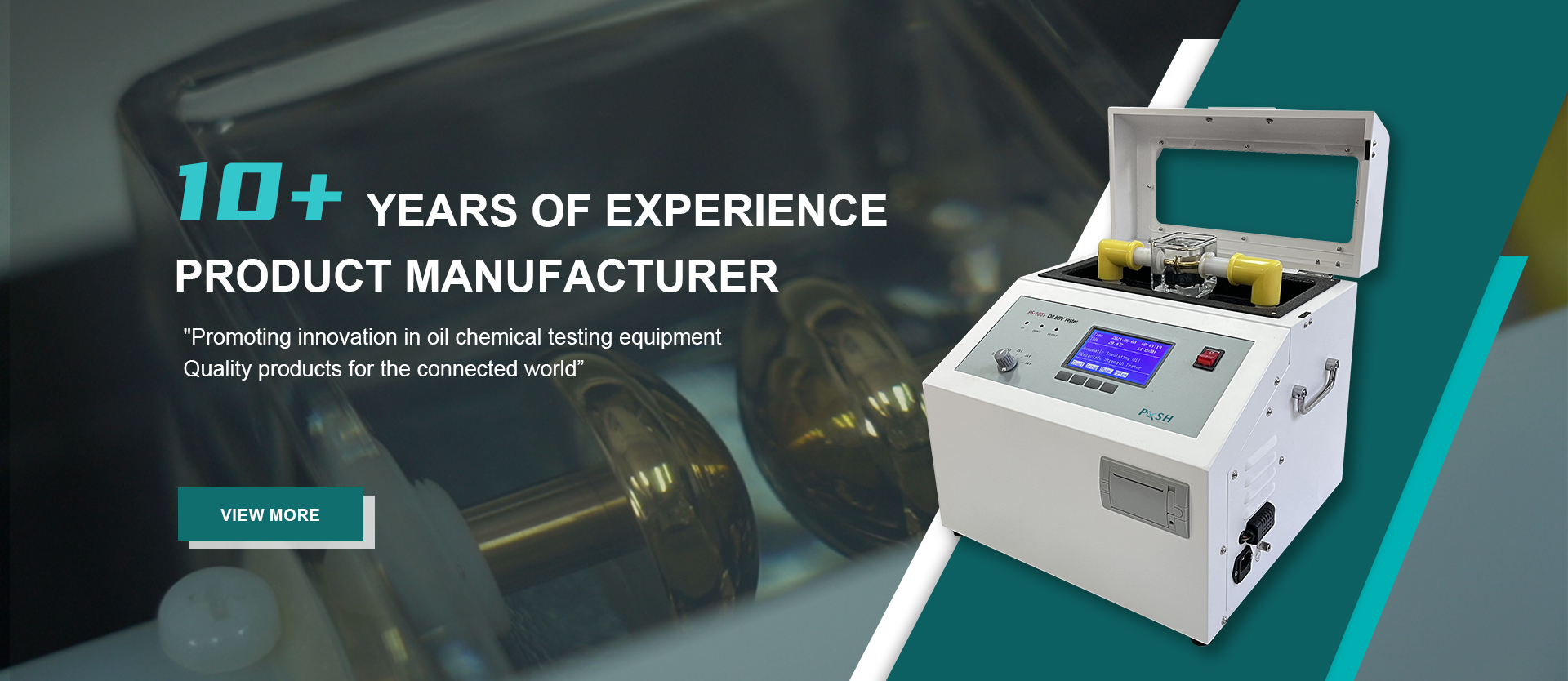 English
English


Understanding the Importance of Hipot Testing for Electric Motors and Safety Compliance
Understanding the Hipot Motor Test Ensuring Electrical Safety and Performance
The hipot test, short for high potential test, is a critical procedure used in the electrical testing of motors and other electrical devices. This test serves to ensure that the insulation in electrical equipment can withstand a specific high voltage without breaking down, thereby ensuring safety and proper functionality. Given the importance of electric motors in various industries, understanding the hipot motor test is essential for manufacturers, engineers, and maintenance personnel alike.
The fundamental principle behind the hipot test involves applying a high voltage to the motor's insulation system while measuring the resultant leakage current. This is typically performed by connecting the hipot tester to the motor windings and the motor's frame or grounding point. The test aims to ensure that the insulation can handle stresses beyond its normal operating conditions, effectively simulating fault conditions that might occur in real-world operation.
There are two primary types of hipot tests the dielectric withstand test and the insulation resistance test. The dielectric withstand test exposes the motor to a voltage much higher than its rated voltage for a specified duration, observing whether any insulation breakdown occurs. Conversely, the insulation resistance test measures the resistance of the insulation material itself, providing insight into its condition and effectiveness at preventing current leakage.
hipot motor test

One of the key benefits of performing hipot tests on motors is the early detection of insulation failure. By identifying weak spots before they lead to catastrophic failures, manufacturers can take preemptive actions, reducing downtime and repair costs. Moreover, frequent and systematic testing can help establish a maintenance schedule, promoting the longevity and reliability of motor systems.
Compliance with industry standards is crucial when conducting hipot tests. Organizations such as Underwriters Laboratories (UL) and the Institute of Electrical and Electronics Engineers (IEEE) provide guidelines that help ensure tests are performed consistently and safely. Adhering to these standards not only promotes safety but also facilitates smoother operations and regulatory compliance.
However, while the hipot test is beneficial, it should be noted that it is not a comprehensive gauge of a motor's overall condition. It primarily focuses on insulation integrity, which is just one aspect of motor health. Therefore, it is recommended to combine hipot testing with other diagnostic techniques, such as thermal imaging and vibration analysis, to obtain a more complete picture of motor performance.
In conclusion, the hipot motor test is a fundamental safety procedure that plays a crucial role in ensuring the reliability and longevity of electric motors. By recognizing its importance and adhering to best practices, industries can enhance their operational efficiency and safety, ultimately leading to improved performance and reduced risks in electrical systems.
-
Differences between open cup flash point tester and closed cup flash point testerNewsOct.31,2024
-
The Reliable Load Tap ChangerNewsOct.23,2024
-
The Essential Guide to Hipot TestersNewsOct.23,2024
-
The Digital Insulation TesterNewsOct.23,2024
-
The Best Earth Loop Impedance Tester for SaleNewsOct.23,2024
-
Tan Delta Tester--The Essential Tool for Electrical Insulation TestingNewsOct.23,2024





